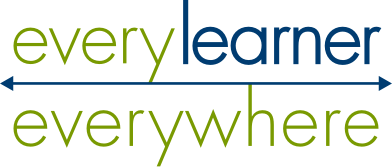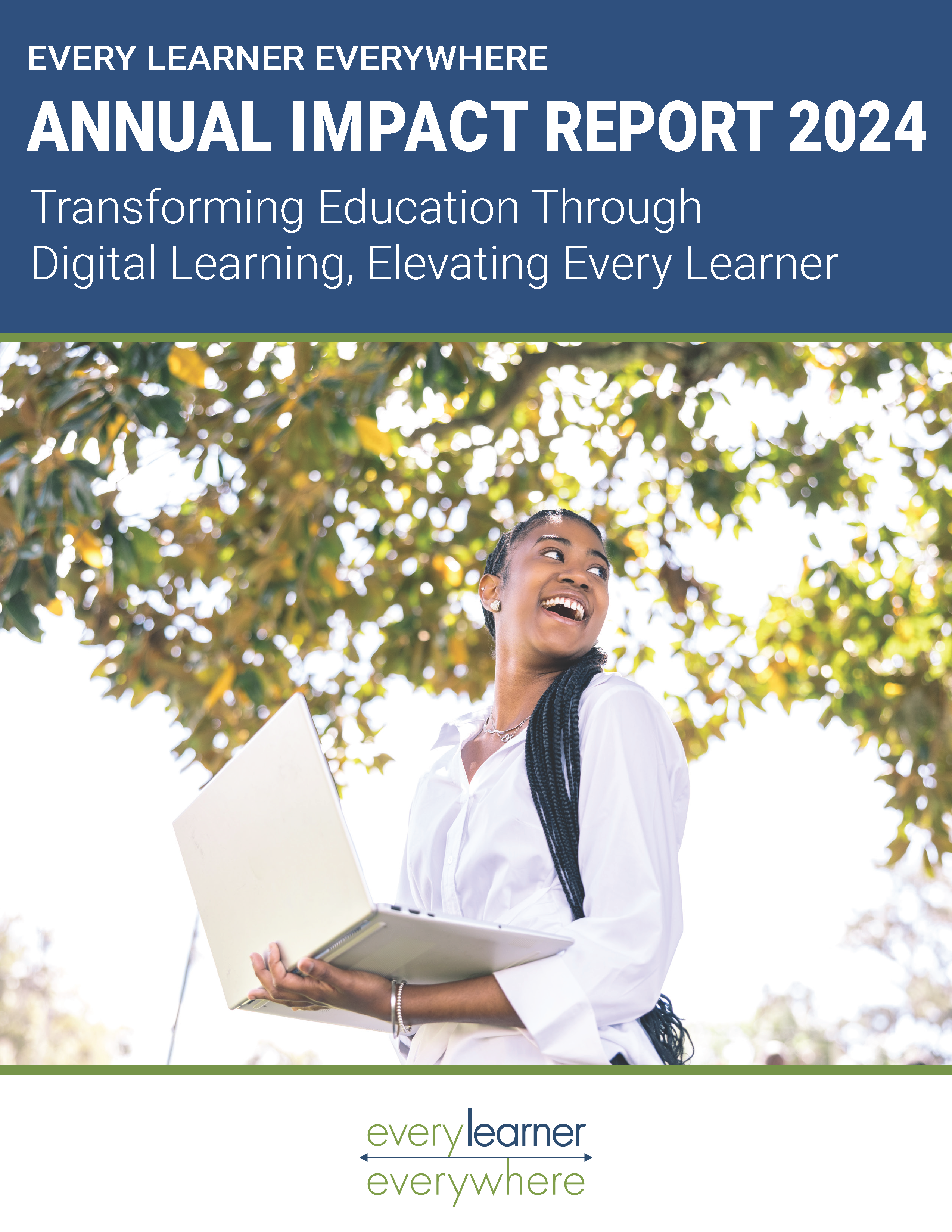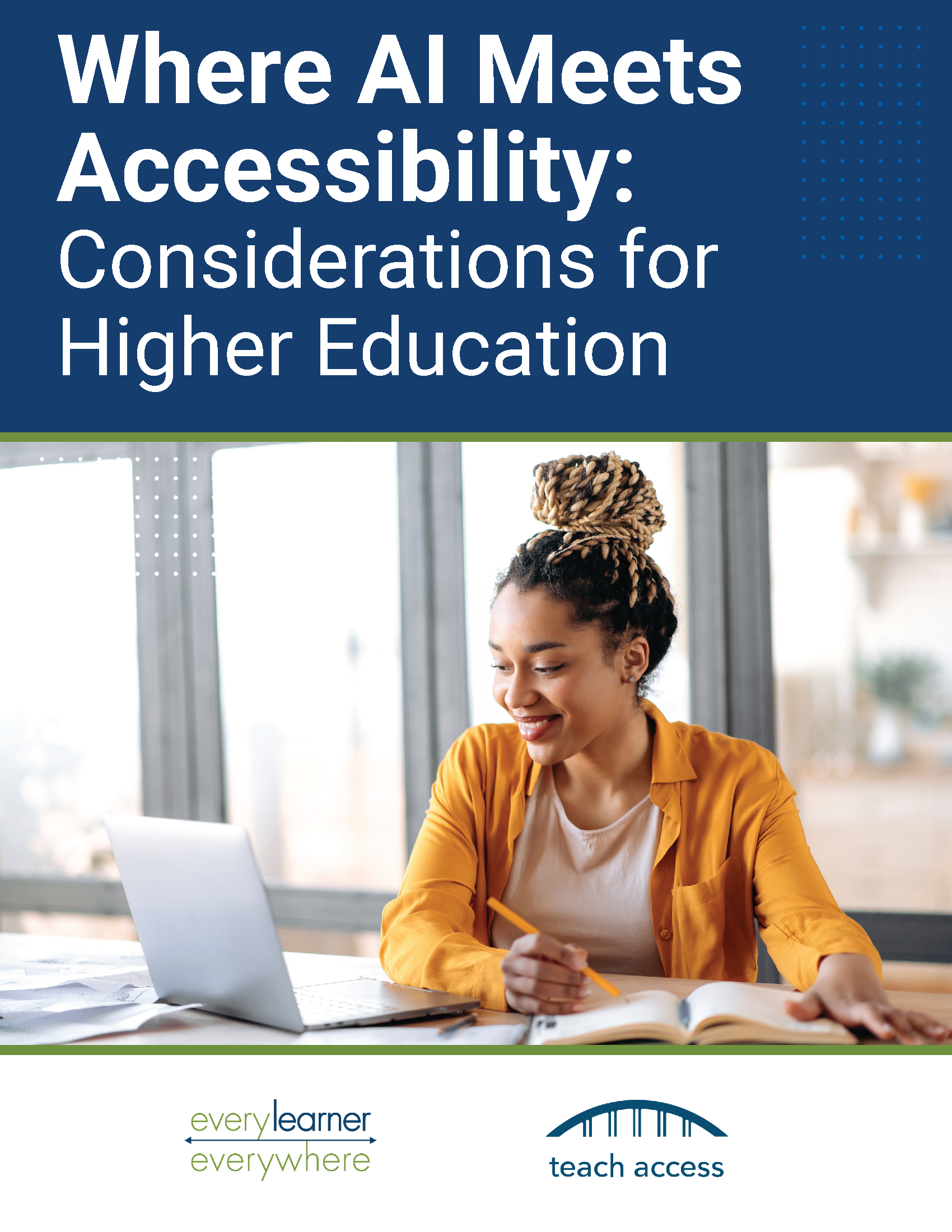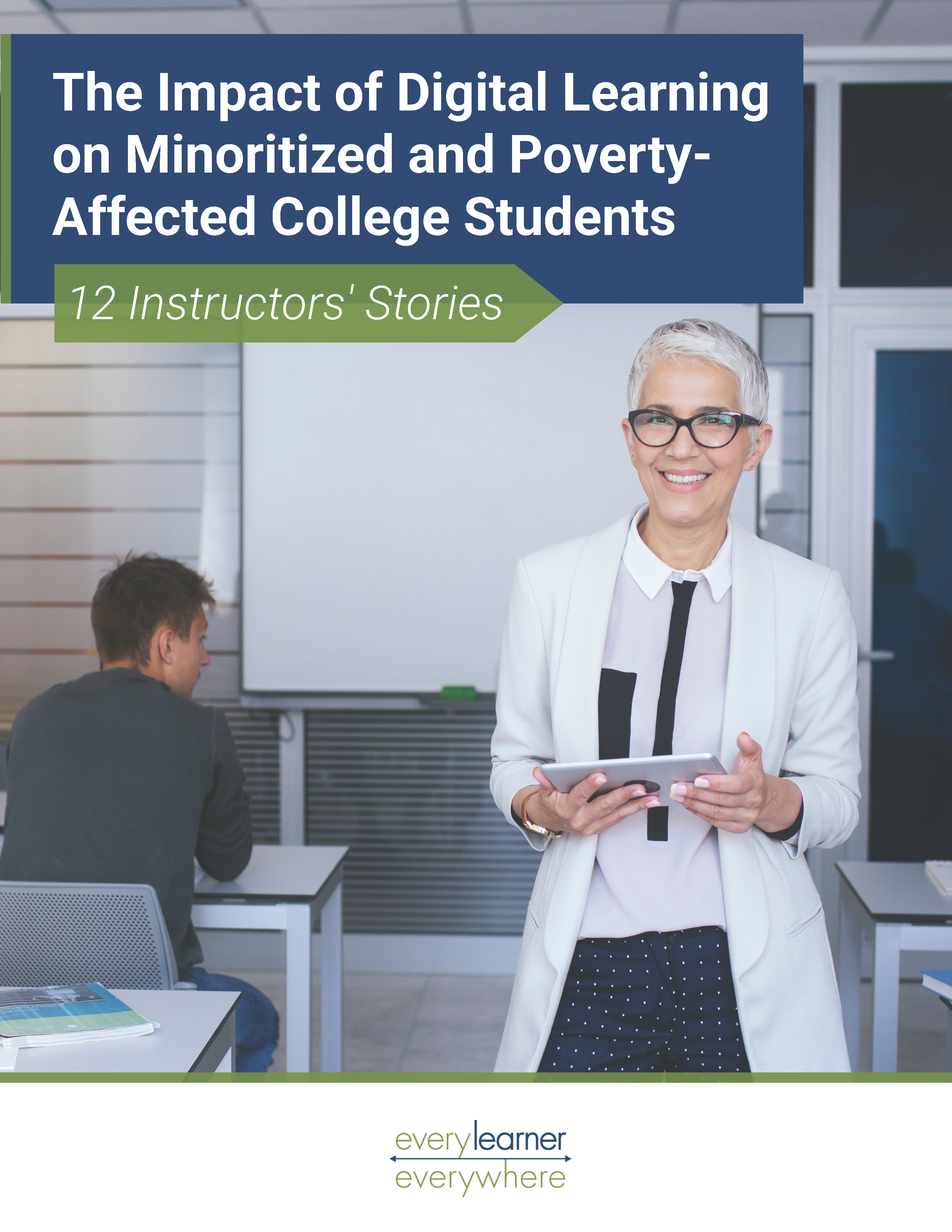Black students are thriving at Historically Black Colleges and Universities (HBCUs). Compared to their peers attending predominantly white institutions (PWIs) and predominantly Black institutions (PBIs), they are graduating at higher rates, they report greater satisfaction with their educational experience, they have greater opportunities to develop professional networks and gain professional skills while still in college, and they are more economically mobile after graduation.
HBCU students have far fewer institutional and family resources to help them address the cost of college and navigate the culture of college. Despite these financial challenges, HBCUs have a strong track record of guiding students through the postsecondary process to ensure their academic and professional success. In 2021, although they represented just 3 percent of higher education institutions in the country, HBCUs granted undergraduate degrees to 13 percent of all Black students in college. A remarkable 25 percent of those graduates have STEM degrees.
This profile examines the student experience at Historically Black Colleges and Universities. Historians, educational researchers, and journalists have noted differences between the Black student experiences at HBCUs and other types of higher education institutions. These differentiations center on services of care and support for the whole person; a culture and environment that recognizes, centers, and celebrates the many ways people experience Blackness; and building community and pride between students, faculty, staff, and alumni.
Download the HBCU Profile






